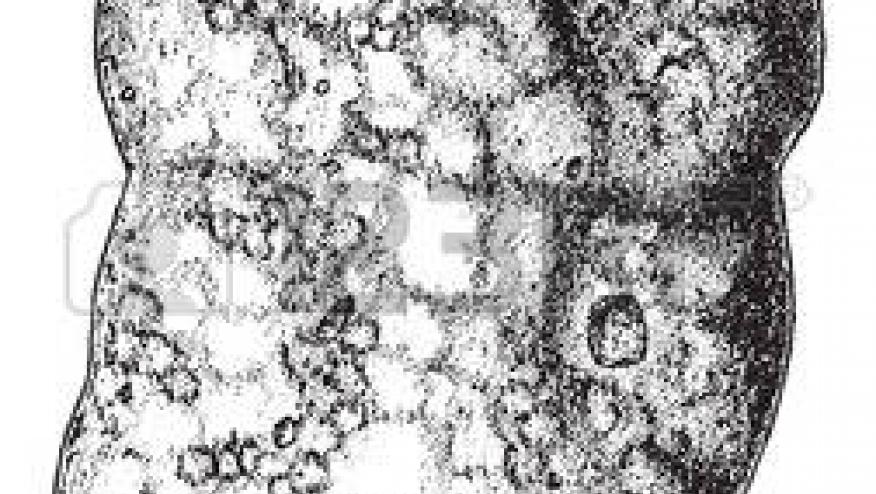Biopsy Proven Renal Involvement in Sjogren's Syndrome Save

A French multicenter study of primary Sjogren's syndrome (pSS) patients fulfilling the American–European Consensus Group criteria or enlarged American–European Consensus Group criteria were retrospectively studied based on having biopsy-proven renal involvement.
Renal involvement is a rare event with pSS. They reported the findings of 95 patients with a median age 49 years.
CKD with a low glomerular filtration rate (eGFR) of 60 ml/min was found in 82/95 patients (86.3%).
Renal biopsy demonstrated tubulointerstitial nephritis (TIN) in 93 patients (97.9%), with plasma cell infiltrates in the majority (75%). SSA (76.8%) and -SSB (53.8%) antibodies was frequently seen with TIN and was associated with a worse renal prognosis.
Glomerular lesions were found in 22 patients (23.2%), mainly related to cryoglobulin.
Eighty-one patients (85.3%) were treated, with CSs in 80 (98.8%) and immunosuppressive agents (mostly rituximab) in 21 cases (25.9%). Despite the interstitial fibrosis on initial biopsy, kidney function improved significantly during the 12-month period following diagnosis (final eGFR 49.9 vs 39.8 ml/min/1.73 m2 at baseline, P 0.001).
No proven benefit of immunosuppressive agents over steroid therapy alone was found in this study.
Renal involvement of pSS is rare and usually due to TIN. Renal dysfunction is usually isolated but can be severe. Steroid can improve the eGFR, but further studies are needed.










If you are a health practitioner, you may Login/Register to comment.
Due to the nature of these comment forums, only health practitioners are allowed to comment at this time.